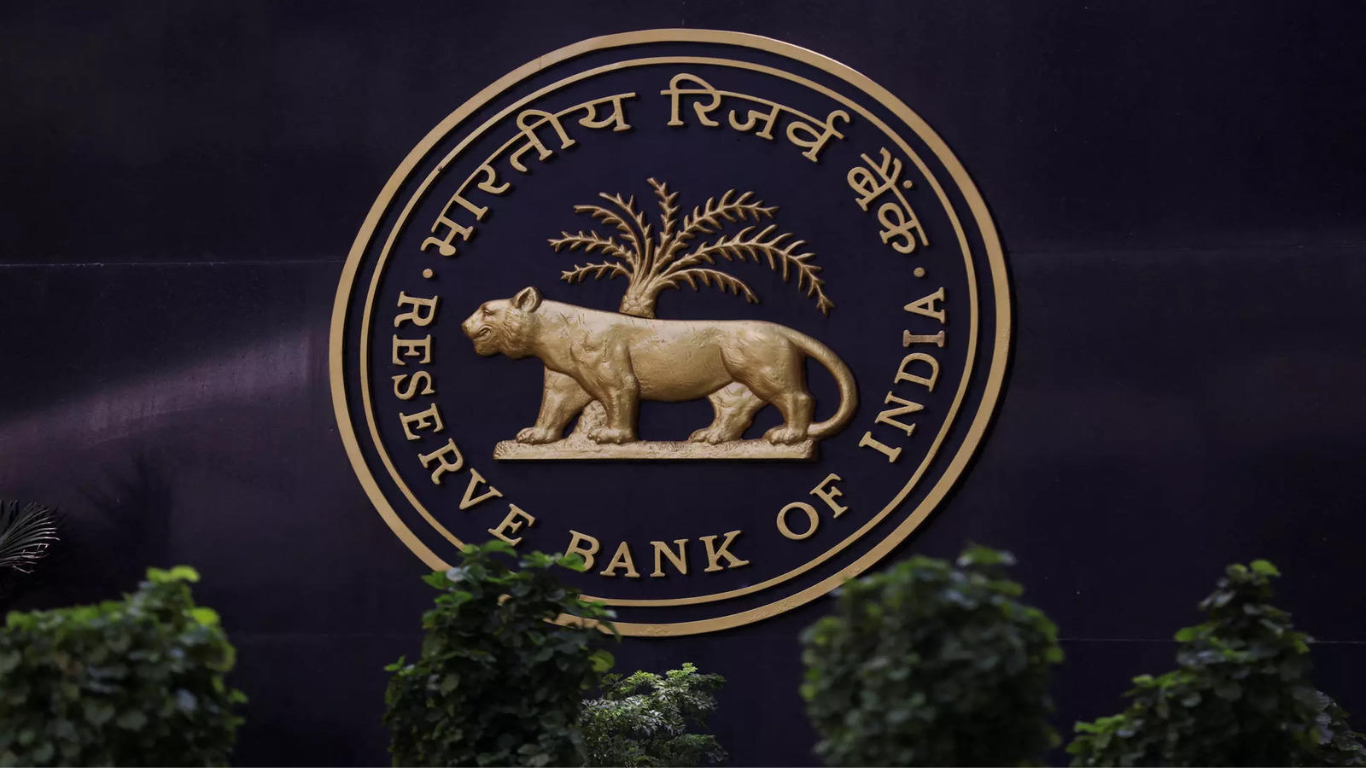

RBI
The Reserve Bank of India (RBI) has repatriated over 100 tonnes of its gold reserves from the United Kingdom to its vaults within the country. This marks a historic shift, as it signifies the first substantial addition of precious metal to the domestically held stockpile since the early 1990s.
Traditionally, many countries, including India, stored a significant portion of their gold reserves in vaults overseas, often in institutions like the Bank of England. However, RBI’s decision to bring a substantial amount of gold back to India underscores a strategic move towards diversified storage and logistical convenience.
As of March, RBI’s gold reserves stood at 822.1 tonnes, with approximately half of it held overseas. The recent repatriation is part of a broader trend of central banks around the world opting to repatriate their gold holdings in recent years.
The decision to repatriate gold was driven by several factors, including logistical considerations and a desire for diversified storage options. RBI’s continued purchase of gold in recent years has contributed to the buildup of its reserves, necessitating a review of storage arrangements.
For India, gold holds not just economic but also emotional significance, especially given its history of using gold reserves during times of crisis, such as the balance of payments crisis in 1991. RBI’s decision to repatriate a significant portion of its gold reserves back to India reflects the country’s economic strength and confidence, a stark contrast to the situation three decades ago.
Repatriating 100 tonnes of gold was a massive logistical undertaking, requiring meticulous planning and execution. It involved coordination between various government agencies, including the finance ministry, RBI, and local authorities. Special arrangements, including customs duty exemptions and detailed security measures, were put in place to facilitate the transfer.
The move not only enhances India’s control over its gold reserves but also allows RBI to save on storage costs previously incurred for overseas storage. Within India, the gold is securely held in vaults located in RBI’s old office building in Mumbai’s Mint Road and Nagpur.
“While nobody was watching, the RBI has shifted 100 tonnes of its gold reserves back to India from the UK. Most countries keep their gold in the vaults of the Bank of England or similar locations (and pay a fee for the privilege). India will now hold most of its gold in its own vaults. We have come a long way since we had to ship out gold overnight in 1991 in the midst of a crisis.” – Sanjeev Sanyal, Writer, Economist, wrote on X (formerly Twitter).
Overall, RBI’s decision to repatriate a significant portion of its gold reserves underscores the country’s commitment to prudent financial management and strategic resource allocation, further bolstering India’s economic resilience and stability.
US Secretary of State Marco Rubio addressed the controversy surrounding the Yemen chat leak on…
In recent years, pigs have become the frontrunners for organ donation, with successful kidney and…
US President Donald Trump is set to unveil new tariffs on auto imports this Wednesday,…
President Donald Trump has pledged to examine the circumstances surrounding the death of Ashli Babbitt,…
The tragic death of a 17-year-old medical aspirant in Kota has once again put the…
Canadian Prime Minister Mark Carney has issued a stark warning about the economic impact of…